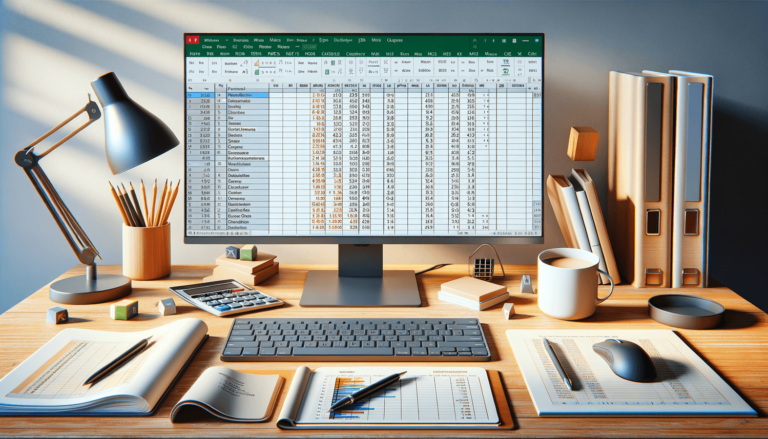

If you’re looking to multiply columns in Excel, look no further. Excel provides a simple and efficient way to multiply columns by using a formula that is easily accessible to users. Whether you’re looking to multiply numbers, percentages, or data, this guide will walk you through the step-by-step process to help you achieve your goal. In this blog post, we’ll explore the different methods you can use to multiply columns in Excel and provide clear and concise explanations to help you accomplish your task easily.
Excel is an incredibly powerful tool that can help you analyze and organize data quickly and efficiently. One of the most common tasks you might find yourself doing is multiplying columns of numbers. Whether you’re calculating a budget, analyzing financial data, or managing inventory, Excel can help you get the job done. In this blog post, we’ll explore how to multiply columns in Excel using a variety of methods.
The easiest way to multiply columns in Excel is to use the PRODUCT function. Here’s how to do it:
That’s it! Excel will multiply all the numbers in the selected range and display the result in the cell you specified.
Another way to multiply columns in Excel is to use the multiply operator. Here’s how to do it:
Excel will multiply all the numbers in the selected range and display the result in the cell you specified.
If you have a large range of data that you want to multiply, you can use the Paste Special function to do it quickly and easily. Here’s how to do it:
Excel will multiply all the numbers in the selected range and display the result in the cell you specified.
Multiplying columns in Excel is a simple task that can save you a lot of time and effort. Whether you’re using the PRODUCT function, the multiply operator, or the Paste Special function, Excel provides you with multiple options that are easy to use and can help you get the job done quickly and efficiently.
Here are a few additional tips and tricks to help you multiply columns in Excel more efficiently:
Multiplying columns in Excel is a basic operation that is very useful for various financial, scientific, and engineering calculations. By using the methods discussed in this article, you can easily multiply columns in Excel and boost your productivity. Remember, the more you practice, the more proficient you’ll become at using Excel.
Here are answers to some common questions you might have about multiplying columns in Excel:
You can use the PRODUCT function, the multiply operator, or the Paste Special function to multiply columns in Excel. Each method has its advantages, and the choice depends on your specific needs.
Yes, you can multiply columns with different units of measurement in Excel. However, you need to make sure you’re consistent with the unit of measurement you use for each value, or else the result won’t make sense.
Yes, you can multiply a column by a percentage in Excel. Simply enter the percentage as a decimal point, and then use it in the formula in the same way you would use any other number.
If you want to multiply columns by a constant in Excel, you can use a simple formula. Simply enter the value you want to multiply by into a cell, give it a name (e.g., “Multiplier”), and then use it in the formula. For example, if you want to multiply column A by 2, you can enter the formula “=A1*Multiplier” into the cell where you want the result to appear.
Yes, you can use the AutoFill feature in Excel to automatically multiply columns. Simply enter the formula into the first cell, and then click and drag the small square in the lower-right corner of the cell to cover the cells you want to fill. Excel will automatically copy the formula to the other cells, adjusting the references to match the new locations.
Explore the world of Microsoft PowerPoint with LearnPowerpoint.io, where we provide tailored tutorials and valuable tips to transform your presentation skills and clarify PowerPoint for enthusiasts and professionals alike.

Your ultimate guide to mastering Microsoft Word! Dive into our extensive collection of tutorials and tips designed to make Word simple and effective for users of all skill levels.

Boost your brand's online presence with Resultris Content Marketing Subscriptions. Enjoy high-quality, on-demand content marketing services to grow your business.
